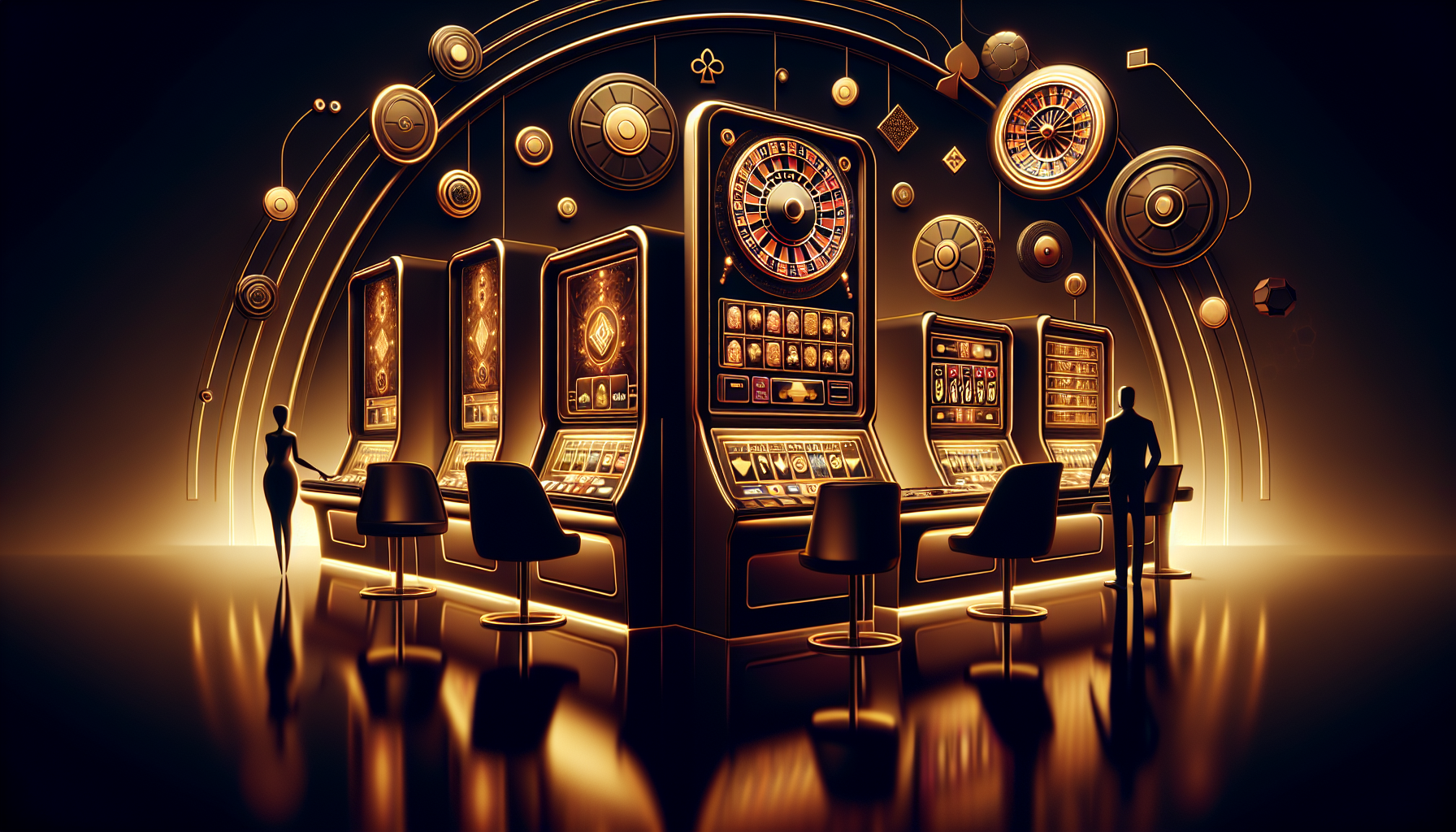
In the past few years, virtual reality (VR) has appeared in all spheres of life, from gaming and healthcare to real estate and education. But one particular sector where VR is making a tremendous impact is in casinos. VR is doing some magic here in a casino environment unlike anyone else. The experiences will be entirely new, in and of themselves.
VR is an immersive simulation of a three-dimensional environment using special electronic equipment, like a headset with a screen. This technology tricks your brain into thinking it’s in a digital space, providing an experience closer to the real world than traditional video games or online interactions.
What Are VR Casinos?
VR casinos are online gambling platforms that replicate the sensations of being in a real casino. Slip on your VR headset, and instantly, you’ll wind up in an op gambling house – just like that. Think bright, flashing lights, the scurrying dealers at the tables, and the murmuring of slot machines – except you’re really just at home in your room. They can go from making real-life versions of casino sites to entirely made-up futuristic places.
VR casinos are relatively new. The establishment of incipient immersive environments such as these occurred only due to advances in VR tech, faster internet speeds, and the growing popularity of cryptocurrency (but that’s a narrative for another day). However, as both these technologies matured, developers moved swiftly to launch casino experiences that truly outclassed traditional online gambling.
Immersive Gaming Environments
One of the most captivating aspects of VR casinos is the immersive environments they offer. Imagine you’re not just looking at a screen; you’re walking around inside it. This is thanks to the sense of presence that VR delivers.
In a VR casino, you can walk through the lobby, choose your favorite table, and even interact with other players or dealers. The attention to detail is incredible — everything from the felt textures on the table to the clink of chips sounds almost real. This sensory richness makes the experience far more engaging than clicking buttons on a 2D browser window.
Another big draw is the customizability. Depending on the platform, you might be able to choose your casino environment, change the color of your gaming table, or even adjust the dealer’s appearance. These little touches add a layer of personalization that keeps you coming back for more.
Many VR casinos have features that let you chat and interact with other players, share experiences, or even play together as a team. This social element makes the experience more communal and less isolating, mimicking the camaraderie of brick-and-mortar casinos.
Enhancing Player Engagement
If there’s one thing VR casinos excel at, it’s keeping players engaged. The immersive nature coupled with interactive gameplay keeps you at the edge of your seat, quite literally.
Traditional online casinos can sometimes feel repetitive, but VR changes the game. With motion controllers, you’re not just clicking — you’re physically performing actions. Whether it’s flipping cards, throwing dice, or spinning a roulette wheel, the tactile interaction keeps you hooked.
In VR casinos, you can see other avatars moving around, joining tables, and celebrating wins. This live interaction adds excitement and anticipation that’s hard to achieve with a standard online setup.
Some VR casinos have unique reward systems, offering in-game achievements, collectibles, or even real-world prizes. These offer incentives to keep playing and to improve your skills. And who doesn’t like a little reward every now and then?
Technological Advancements Making VR Casinos Possible
It’s not just about slapping a VR headset on and calling it a day. Some major technological advancements have made this immersive gambling experience possible.
Headsets like the Oculus Rift, HTC Vive, and PlayStation VR deliver high-resolution visuals and responsive tracking. This tech is vital for a seamless VR experience. The headsets are also becoming more affordable, making VR more accessible to a broader audience.
Haptic feedback is another game-changer. Some VR controllers and gloves offer tactile responses, meaning you can feel the weight of your chips or the pull of the slot machine lever. This kind of physical feedback makes interactions more realistic.
Advanced software platforms like Unity and Unreal Engine are powering these virtual worlds, offering stunning graphics and complex interactions. These platforms allow developers to create hyper-realistic simulations, making every detail of the casino environment incredibly lifelike.
Potential Challenges and Future Trends
For some people, VR can cause motion sickness. The disconnect between what you’re seeing and what your body feels can lead to nausea. But as technology improves, this issue is becoming less common.
While VR headsets are becoming more affordable, they still represent a significant investment. Not everyone has the hardware needed to jump into a VR casino.
VR casinos also face legal and regulatory challenges. Traditional online casinos are already scrutinized heavily, and VR versions add complexity.
Despite the challenges, the future looks promising for VR casinos. Expect more advanced graphics, better social features, and perhaps even integration with augmented reality (AR) to create mixed-reality environments. Imagine wearing AR glasses to see virtual elements while still engaging with your real-world surroundings. The possibilities are endless.
VR casinos are revolutionizing the online gambling industry by offering an immersive, interactive, and social gaming experience. Though there are some challenges, the benefits far outweigh them, making VR casinos an exciting playground for gamers. With continual advancements in technology, it’s clear that VR casinos will only become more realistic and accessible, attracting more players from all walks of life.

